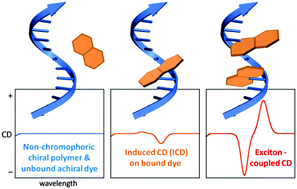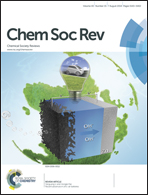Application of electronic circular dichroism in the study of supramolecular systems
Abstract
Chiral supramolecular architectures constitute crucial structural and functional elements in living systems and have been long mimicked by chemists to synthesize new artificial systems endowed with desired properties and functions. Among several techniques to study noncovalent chiral assemblies or aggregates, electronic circular dichroism (ECD) plays a key role because many mechanisms responsible for the appearance of ECD bands occur through space, and therefore are intrinsically sensitive to intermolecular interactions, from short to long-range. The aim of this tutorial review is to emphasize the different kinds of information which can be obtained specifically when chiral supramolecular species are characterized by means of ECD spectroscopy. We will survey several typical applications of ECD in the context of supramolecular chemistry, ranging from the simple detection of chiral aggregates or complexes, to the definition of stoichiometric ratios between the partners, the derivation of thermodynamic and kinetic parameters such as binding and rate constants, and ultimately to the refinement of the most plausible structure of the supramolecular species.


 Please wait while we load your content...
Please wait while we load your content...